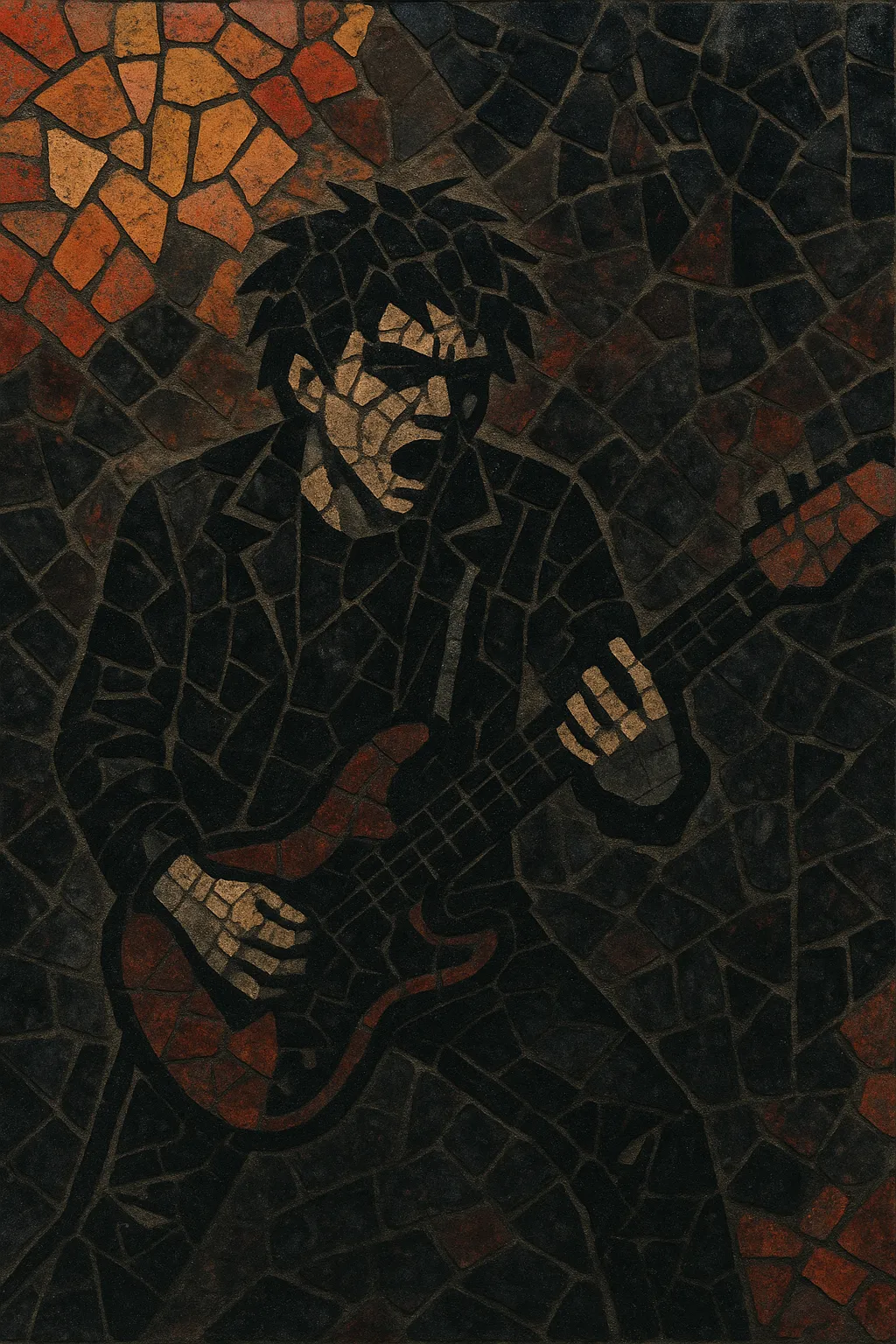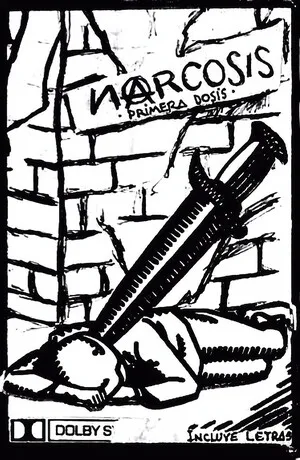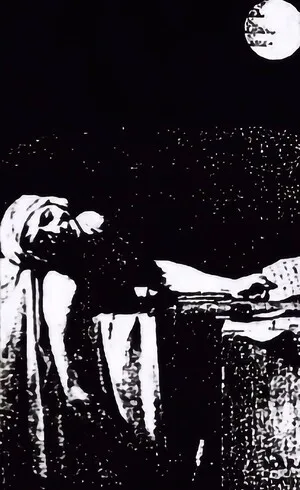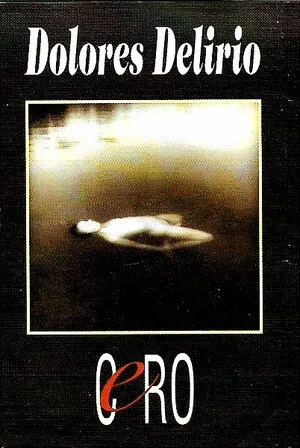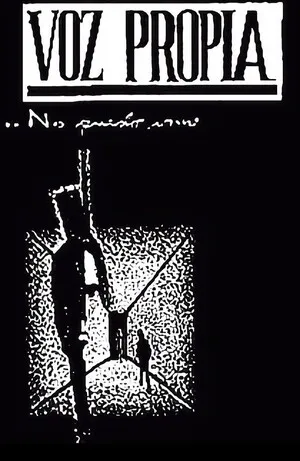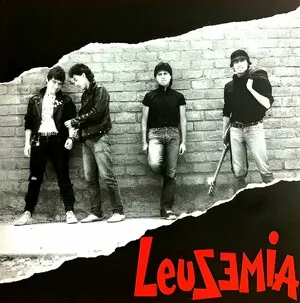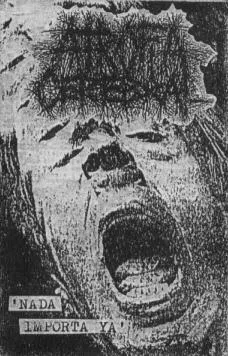Rock subterráneo is the name given to the 1980s Peruvian underground rock movement centered primarily in Lima. It fused the raw immediacy of punk and hardcore with the bleak atmospheres of post-punk and new wave, channeling the social anxiety, economic crisis, and political violence of the era into a fiercely DIY musical culture.
Characterized by lo‑fi cassette releases, makeshift venues, photocopied fanzines, and a communal ethos, the scene favored speed, urgency, minor‑key riffs, and stark lyrics in Spanish that addressed alienation, inequality, and everyday urban struggle. While stylistically varied—from hardcore aggression to cold, gothic-tinged post-punk—its unifying traits were independence, self-production, and resistance to commercial circuits.
Peru in the early 1980s experienced deep economic recession, hyperinflation, and escalating political violence. Against this backdrop, Lima’s youth began organizing a do‑it‑yourself rock movement that rejected mainstream “commercial rock” circuits. Drawing on punk rock, hardcore punk, post‑punk, and new wave, bands rehearsed in garages, recorded on four‑tracks, and distributed cassettes hand‑to‑hand. The term “subterráneo” (underground) captured both the music’s aesthetic and its position outside the formal industry.
The scene rapidly coalesced through small gigs, neighborhood cultural centers, and self-run collectives. Kinetic punk/hardcore units and darker post‑punk outfits emerged side by side, often sharing bills and compilations. Fanzines and community radio helped spread the word, while inexpensive cassette duplication enabled a flood of demos and live tapes. The sound ranged from two‑minute blasts of hardcore to austere, melodic songs with brittle guitars and stark basslines.
As more bands appeared, internal debates surfaced around politics, aesthetics, and the balance between hardcore urgency and post‑punk introspection. Some groups sharpened political critique; others leaned into artier, gothic textures. Despite police pressure, scarce resources, and social stigma, the movement achieved notable visibility within Lima’s youth culture, forging a shared identity rooted in independence and mutual support.
Rock subterráneo left a lasting imprint on Peruvian music by establishing a durable DIY infrastructure—venues, zines, labels, and practices—that nurtured later waves of punk, post‑punk, metal, and indie. Its recordings, long circulated via cassettes and bootlegs, have since been reissued and documented, shaping how subsequent generations understand Peru’s alternative and underground history.
Use a classic rock quartet: electric guitar, bass, drums, and voice. Favor affordable, minimal gear and embrace lo‑fi aesthetics—overdriven amps, single‑coil bite, and modest room reverb. If leaning post‑punk/gothic, add chorus/flanger on guitar and a prominent, melodic bass.
Build songs around power‑chord riffs (I–bVII–IV or i–VI–VII are common rock moves) or stark minor‑key figures. Keep harmony simple and repetitive to foreground urgency and message. For post‑punk colors, use pedal tones, open strings, and octave lines; let the bass carry motifs while guitars add angular counter‑riffs.
For punk/hardcore modes, aim for fast tempos (170–210 BPM) with straight, driving eighths, tight snare backbeats, and minimal drum fills. For post‑punk, slow to mid-tempo (100–140 BPM) with motorik or clipped, danceable grooves—hi‑hat patterns and toms can create tension.
Write in Spanish with direct, socially grounded imagery about urban life, precarity, repression, and identity. Keep lines concise and chantable; mix slogans with personal reflection. Vocals can be shouted or spoken‑sung; avoid heavy melisma. Choruses should be memorable and suited for group sing‑alongs.
Track live where possible; accept tape hiss and room bleed as part of the aesthetic. Minimal overdubs, few takes, and quick mixes align with the scene’s immediacy. Release digitally or on cassettes with DIY artwork (photocollage, stencil typography) and rely on grassroots networks for promotion.
Favor compact forms (intro–verse–chorus–verse–chorus–break–chorus) under three minutes for punk pieces. For darker/post‑punk tracks, allow for longer intros built on bass ostinatos and textural guitar before vocals enter.

